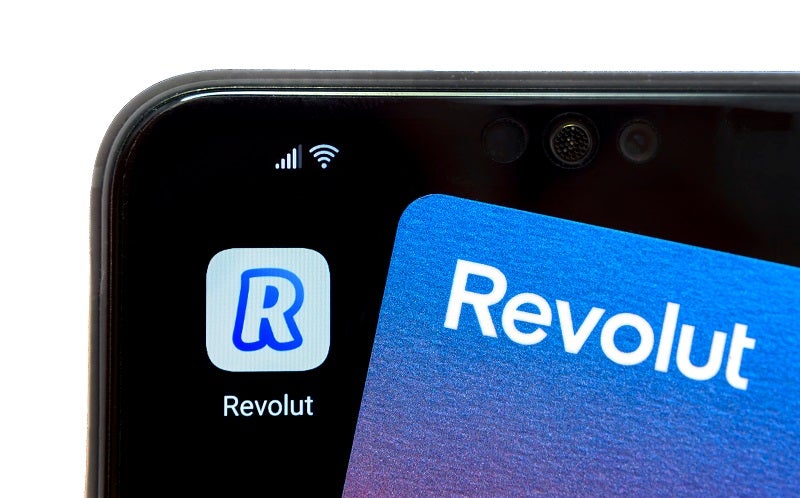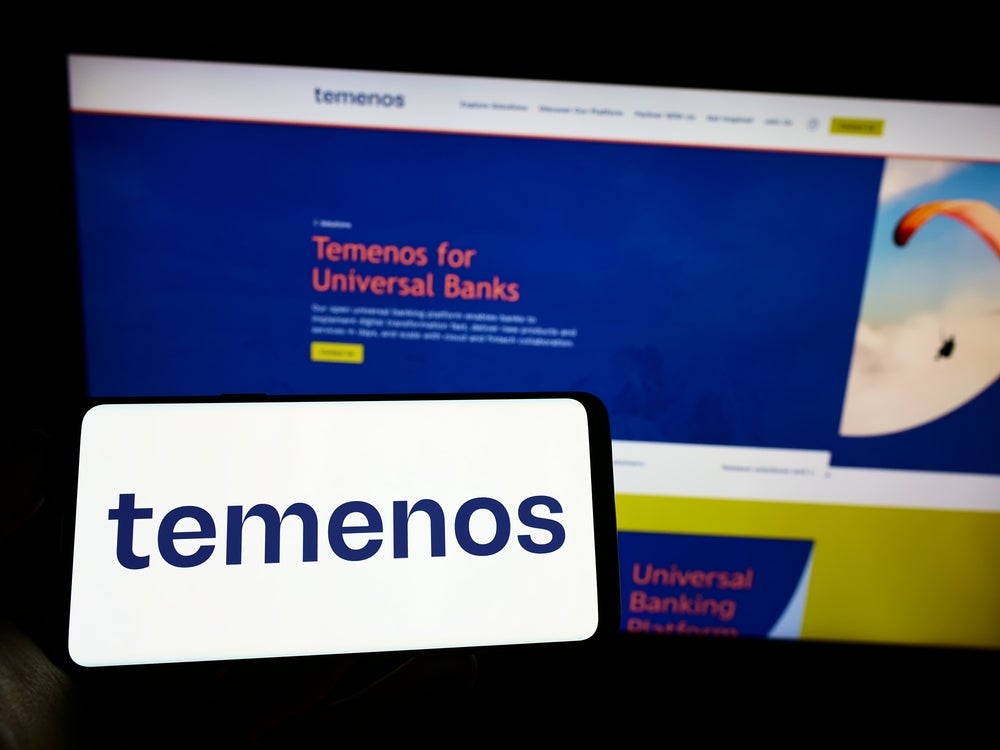PSD2 marks a revolutionary industry development and will have a far-reaching impact on payments and digital commerce. The integration of Third Party Providers (TPPs) into the FCA’s regulatory framework will provoke new levels of transparency and security in online money transfer, and open the way for a new wave. Simon Pepper, head of product at Tola, writes
The last few years have brought an explosion in payment innovation, with each development designed to make it quicker and easier to make a payment, wherever you are, and with whichever method is most convenient. Increasingly, this involves the mobile phone. Just nine years after the launch of the first full touchscreen smartphone.
Deloitte’s 2016 UK Mobile Consumer survey reveals that as of mid-2016, four out of five UK adults have a smartphone – equivalent to 37 million people. Perhaps a more revealing statistic still, is that one in three adults, and almost half of 18-24 year olds, check their phone in the middle of the night. This same trend is reflected in more recent statistics from programmer Kevin Holesh, who wrote an app called Moment to track how long a user is interacting with a screen. For 88%, it was more than an hour a day – with the average being three hours.
Little wonder then, that the phone is taking centre stage as a payment device. With Android Pay joining Apple Pay as an option for UK consumers last year, recent figures from WorldPay show that £288m ($358m) was spent on mobile contactless payments in 2016, representing a staggering year on year growth rate of 247%.
Consumers have come to expect ultimate, “one tap” or “one click” ease in making a payment – they expect it to be quick, and they expect to be offered a range of options for how to pay. These expectations follow them when they’re buying goods or services online. The fifth annual Mastercard Digital Payments Study, released at the end of February, reveals that consumers are showing an increased interest in the application of new technologies to make shopping faster, easier and more secure.
Mobile overseas
How well do you really know your competitors?
Access the most comprehensive Company Profiles on the market, powered by GlobalData. Save hours of research. Gain competitive edge.

Thank you!
Your download email will arrive shortly
Not ready to buy yet? Download a free sample
We are confident about the unique quality of our Company Profiles. However, we want you to make the most beneficial decision for your business, so we offer a free sample that you can download by submitting the below form
By GlobalDataIn developing countries, such as those in Africa, 2.5 billion people are ‘unbanked’ and have to rely on cash or informal financial services which are typically unsafe, inconvenient and expensive. More traditional banking infrastructures struggle to make the business model work to serve low-income customers, particularly in rural areas. However, over one billion of these people have access to a mobile, which can provide the basis for extending the reach of financial amenities such as payments for goods and services.
In these markets, the mobile phone has naturally taken centre stage for online purchasing, with many consumers paying merchants directly from their mobile phone. The mobile-centric flow greatly improves the customer experience and allows consumers to complete a transaction without involving a traditional banking provider, as no credit or debit card details are required.
A catalyst for change
Of course, we’re looking at a very different market in the UK, with a well-established banking and card infrastructure and high level of financial inclusion. Demand for mobile payment technology is growing rapidly, with businesses also recognising the importance of delivering quick and seamless payment capabilities to improve mobile commerce and enhance the overall experience.
The introduction of PSD2 will provide new clarity on the use of the mobile phone account to make purchases against your mobile phone – or ‘Pay by Mobile’. The new regulation will legitimise and improve security around this payment mechanism, regulating it in the same way as credit cards. However, this will bring significant restrictions on the distribution of funds through the value chain. To ensure maximum protection for merchants and consumers, any party providing a payment service to a consumer or other entity will need to be licensed as a Payment Service Provider.
There are a few notable exceptions and exclusions within this. One of these is related to telecommunications providers, who provide a payment service to their customers along with their core services. This trend is gathering pace, as Mobile Network Operators (MNOs) see the success their counterparts have had in the payments space in Africa, and have started to find ways to monetise their billing relationships outside of their core business offerings. E-money is a high priority target within this strategy.
These operators do not need to register as payment providers, though they must notify the FCA that they are benefiting from the exclusion and detail how a €300 ($319) consumer spending limit (across all services, including voice, SMS, digital content) is to be managed.
It’s a complex task. To avoid a breach, networks may need to implement a ‘hard stop’ when the limit is reached. The type of content or service and the price per service are reasonably easy to control through contractual arrangements between the Telecom Operator and their intermediaries, but the overall consumer spend on “third party products” is not. Where an individual subscriber spends more than €300 in any month, it may push the Telecom Operator into a technical breach of the payment services regulation if they are not registered as a PSP.
Digital dilemma
Under PSD1, Digital Services and content providers were able to operate under this exemption – this will change from January 2018.
Service providers looking to use, or continue to use, a Pay By Mobile offering will need to be careful that the intermediary they are working with to deliver this has an e-money licence. In this payment mechanism, the intermediary sits in the value-chain between the MNO and the consumer, handling mobile based payments to ensure that all transactions are correctly regulated both by the Finance Conduct Authority (FCA) and under the current watching brief of the Phone-paid Service Authority (PSA), formerly known as Phonepay Plus (PPP).
At the same time, Pay By Mobile provides the consumers with real-time payment authentication and authorisation during the payment process, and complete payment transparency during and immediately post-purchase. This greatly enhances the consumer experience, bringing new levels of security for online payments.
PSD2 opens the gate for innovative new payment services – and mobile is poised to take centre stage. Pay By Mobile, which allows consumers to pay directly from their phone, charging transactions to a mobile wallet or phone account, sits comfortably within this new landscape. The model brings value to all parties in the ecosystem – merchant, MNO and consumer – to drive payments that are fit for a digital world.






